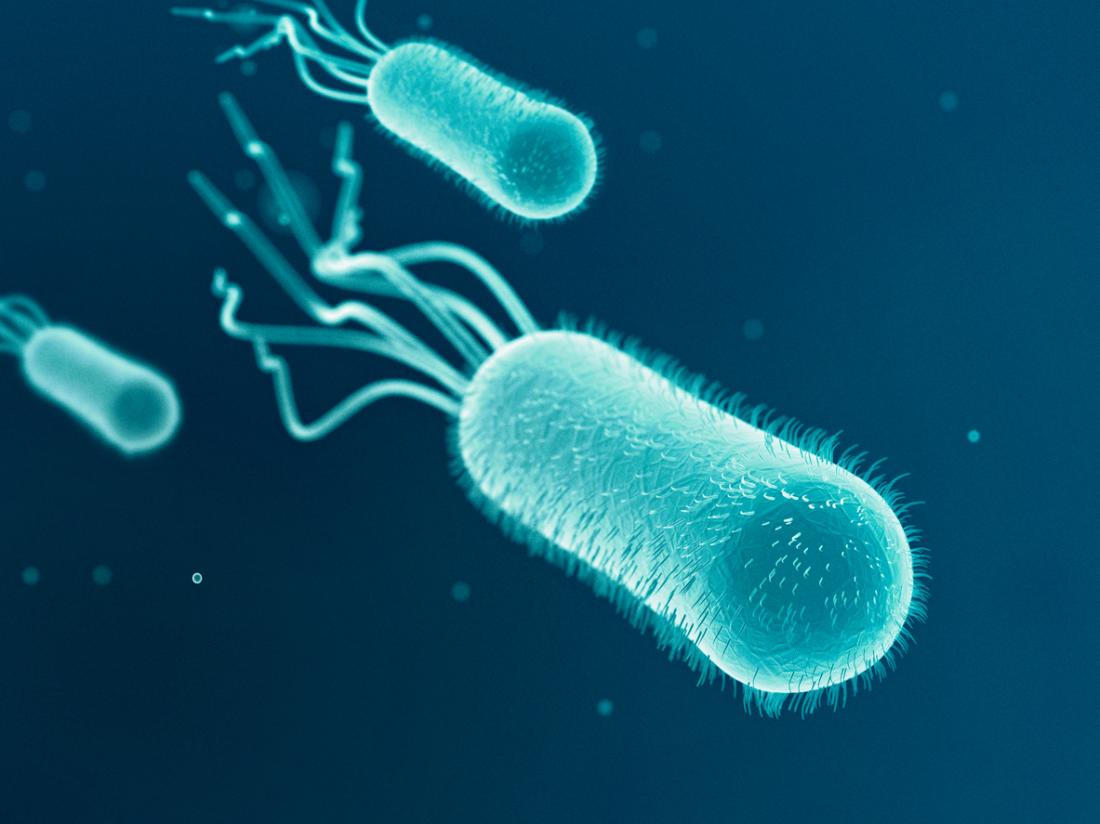Enterobacteriaceae are a large family of Gram-negative bacteria that include many common pathogens, such as Escherichia coli, Klebsiella pneumoniae, and Salmonella enterica. These bacteria are often the cause of urinary tract infections, bloodstream infections, and pneumonia.
Extended-spectrum beta-lactamases (ESBLs) are enzymes that confer resistance to a wide range of beta-lactam antibiotics, including penicillins, cephalosporins, and monobactams. ESBLs are typically produced by Gram-negative bacteria, such as E. coli and K. pneumoniae.
The emergence of ESBLs has been a major problem in the clinical setting because these enzymes can render commonly used antibiotics ineffective. This is particularly problematic since there are few alternative antibiotics available to treat infections caused by ESBL-producing organisms.
There are several mechanisms by which ESBLs confer resistance to beta-lactam antibiotics. The most common mechanism is the production of an enzyme that hydrolyzes the beta-lactam ring of these drugs. This results in the destruction of the antibiotic and prevents it from exerting its bactericidal effect.
Another mechanism involves altering the target site of the antibiotic so that it can no longer bind to its normal cellular target. This renders the antibiotic unable to exert its action even if it is not hydrolyzed by an ESBL enzyme.
Both of these mechanisms result in increased resistance to multiple beta-lactam antibiotics since they act on different targets within bacterial cells or destroy different parts of the beta-lactam molecule . As a result, ESBL producers are often resistant to several classes of antibiotics simultaneously . This makes treating infections caused by these organisms very difficult .
In order to overcome this problem , researchers have developed new classes ofbeta – lactamase inhibitors . These molecules function by bindingto beta – lactamases and preventing them from destroyingbeta – lactam antibiotics . In combination with currently availablebeta – lactams , β – lactamase inhibitors could potentially restorethe efficacyof these drugs against ESBLE producing strains . However ,these agents have yet to be widely studied or approved for usein humans .


